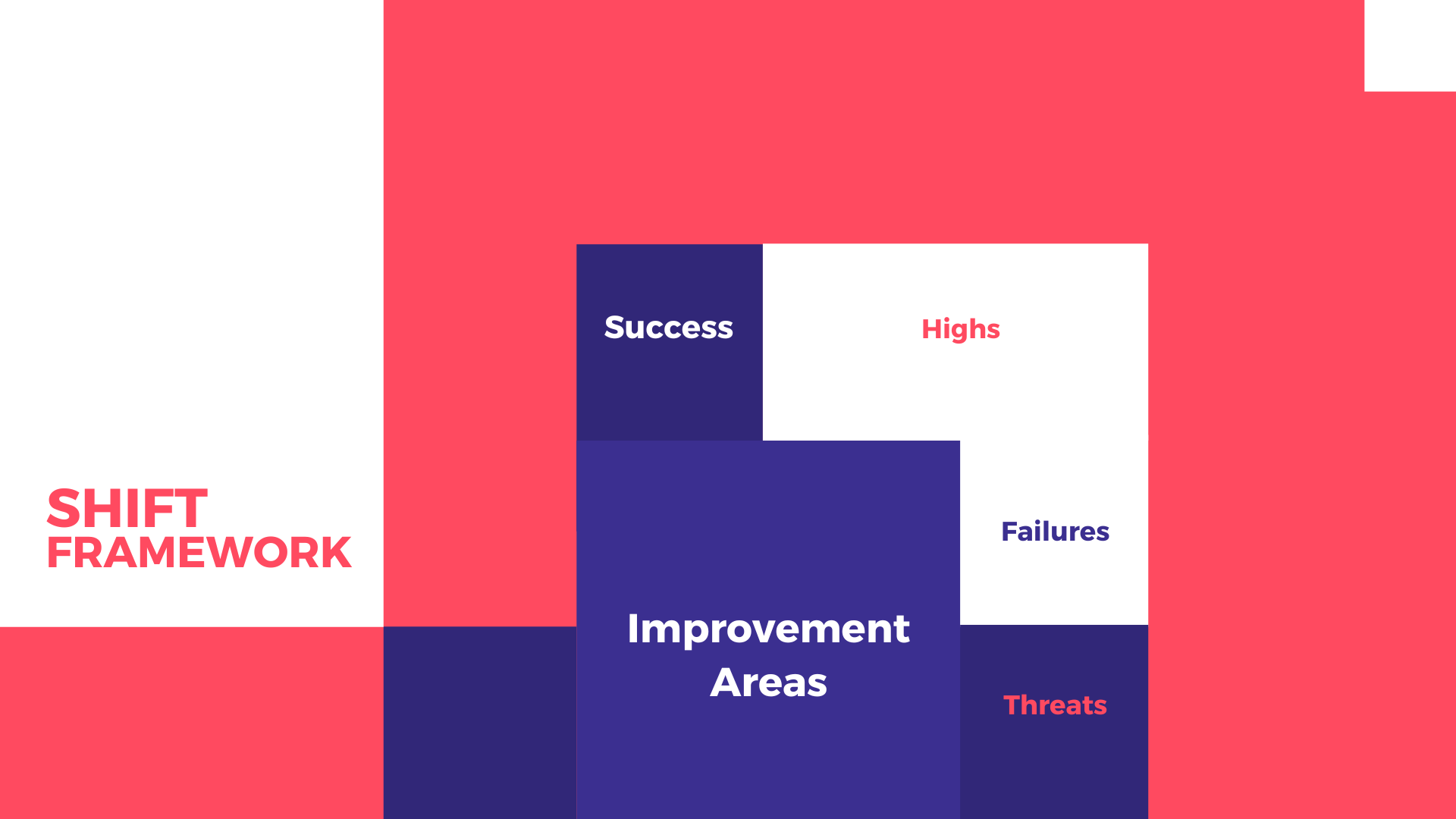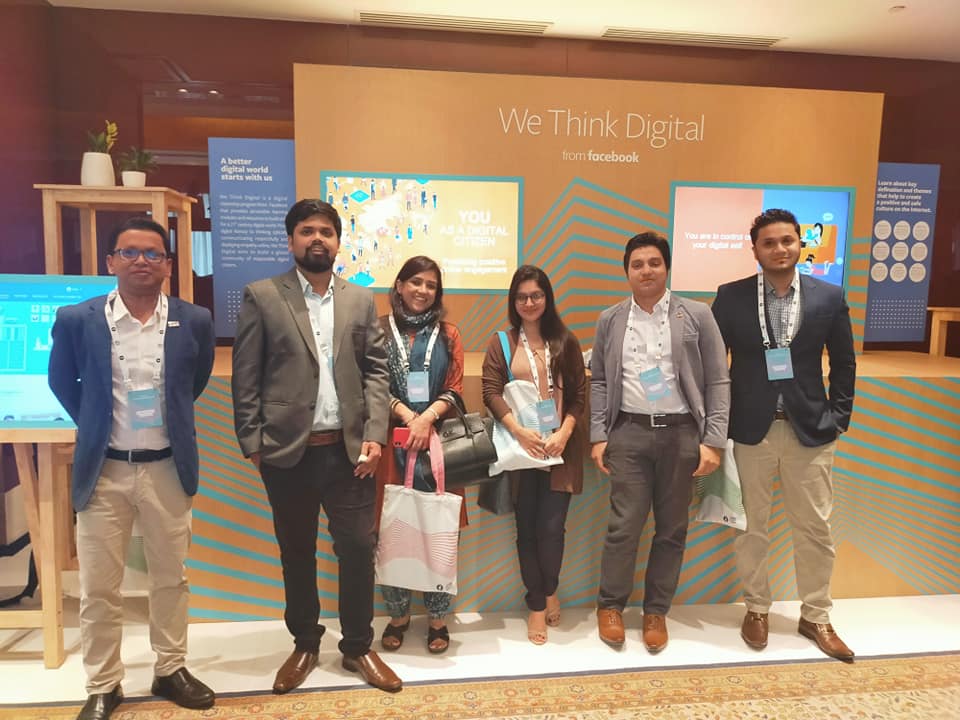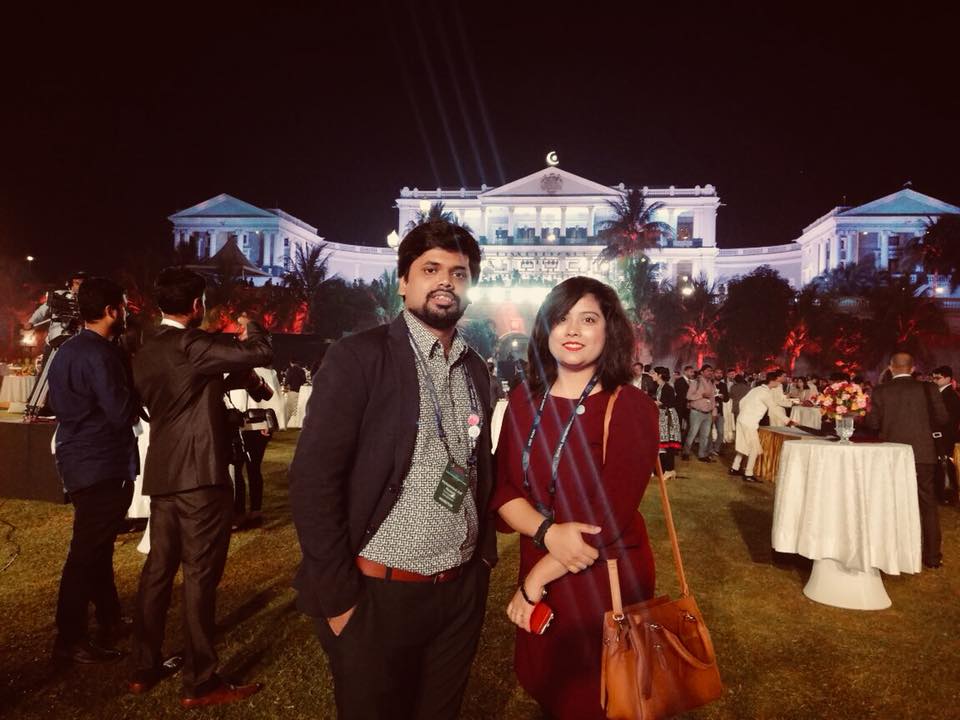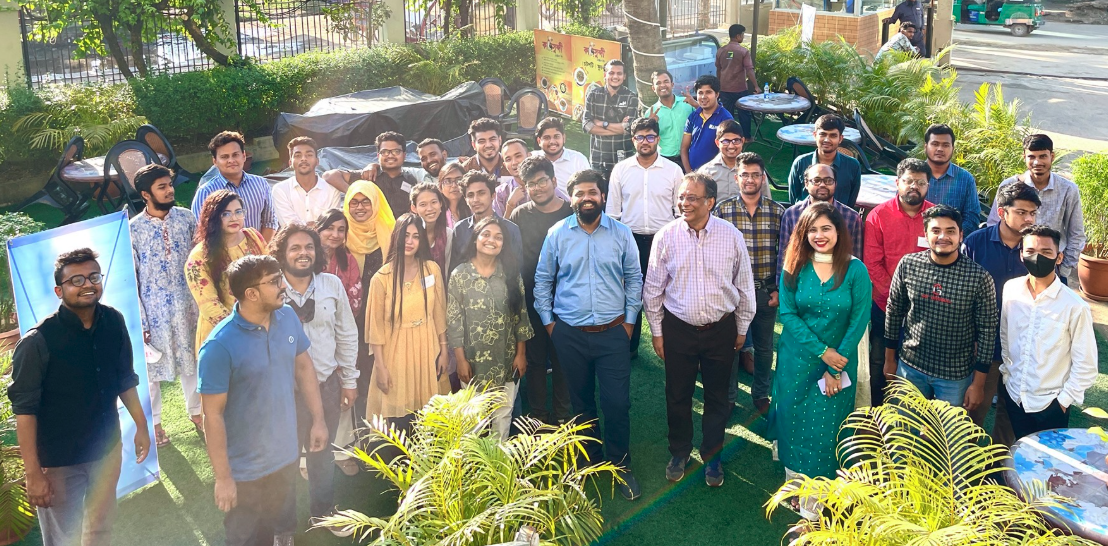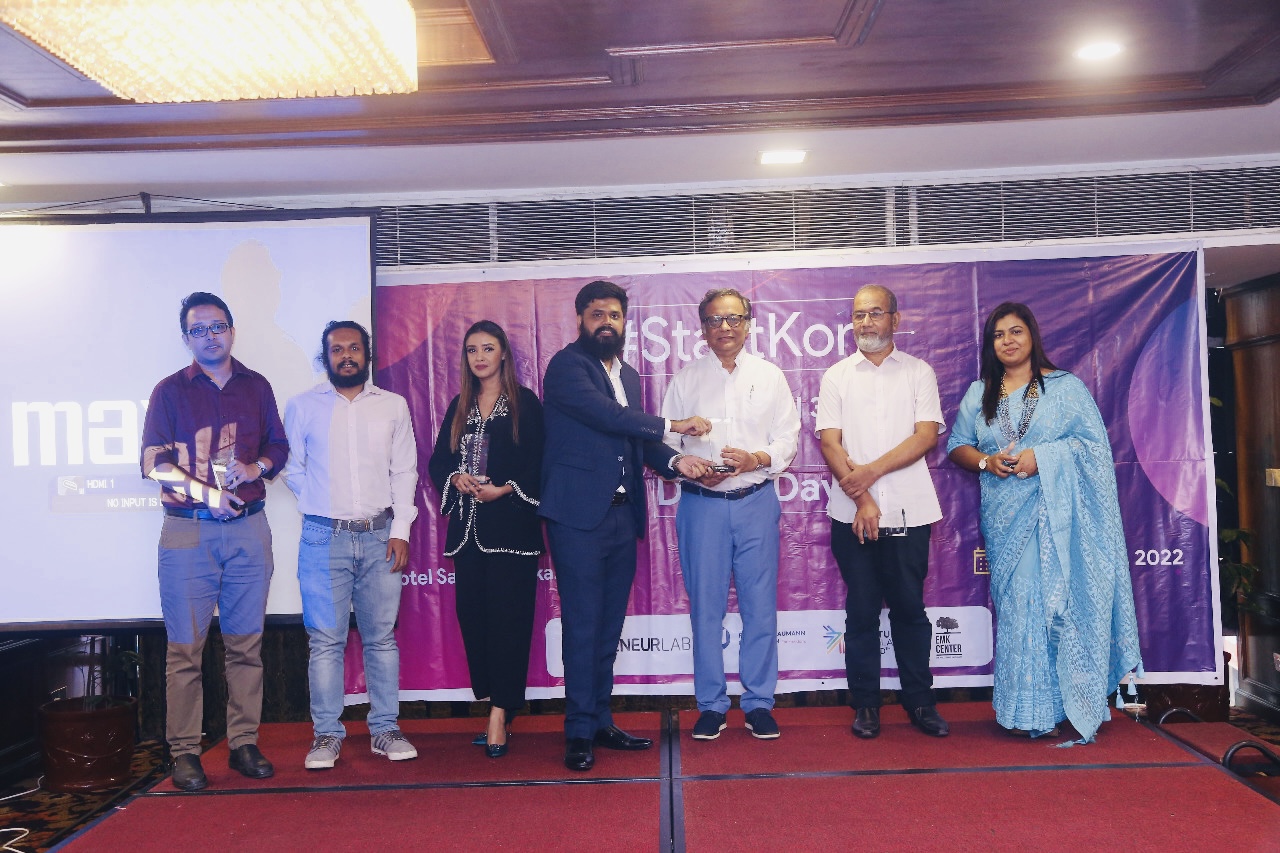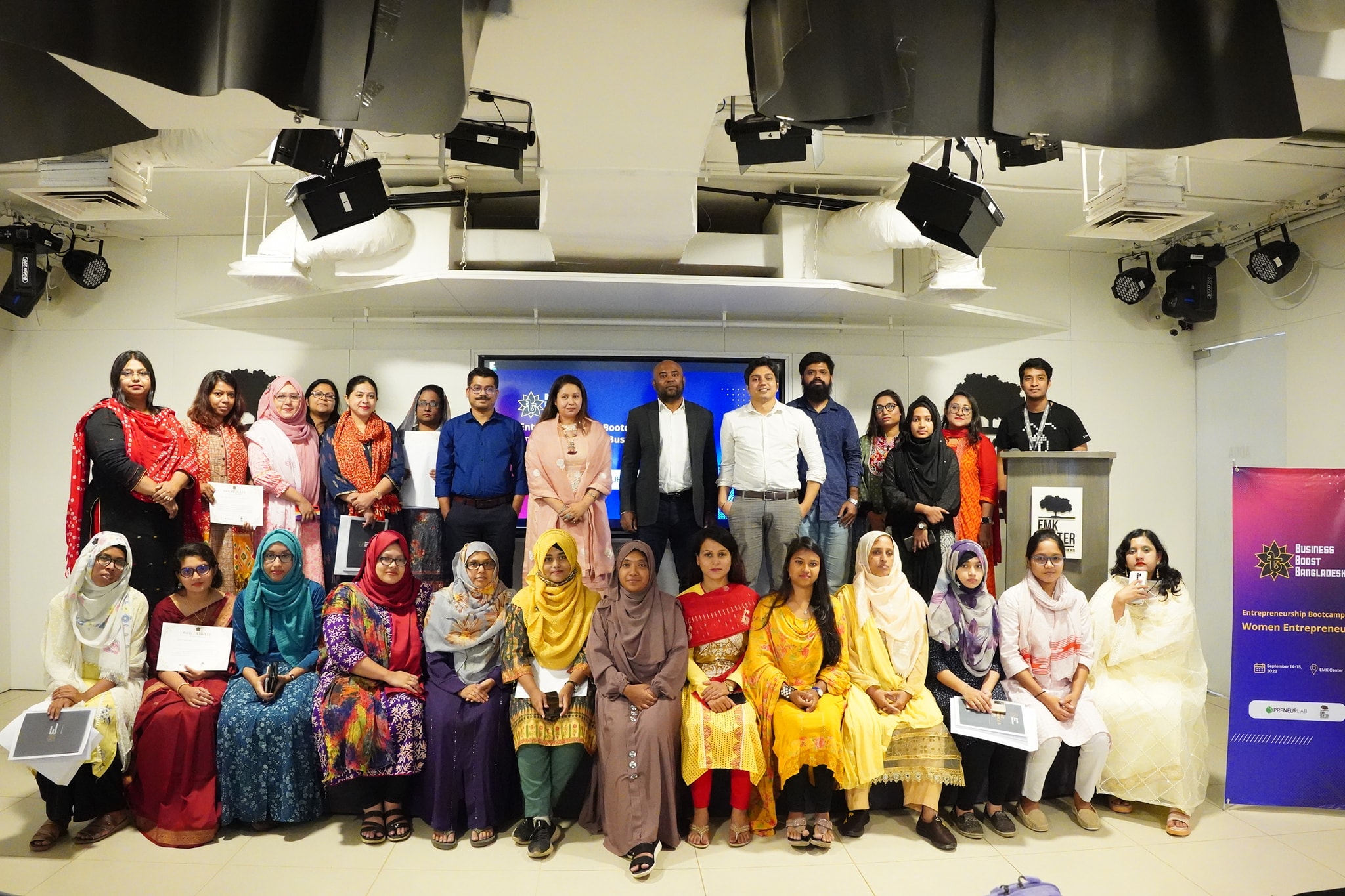Tracking the status of a project or product is a crucial part of management. It is often tough to describe the current status to external stakeholders or even some time in the team. Although there are plenty of models and frameworks available, there was a time a few years back when it was challenging to find one.
I was leading a project called “Tech for Peace” in 2017 which got several elements including 4 apps development, social media data mining with analysis and promotional activities. The project was funded by the US Conflict and Stabilization Bureau of the US State Department which was managed by Democracy International.
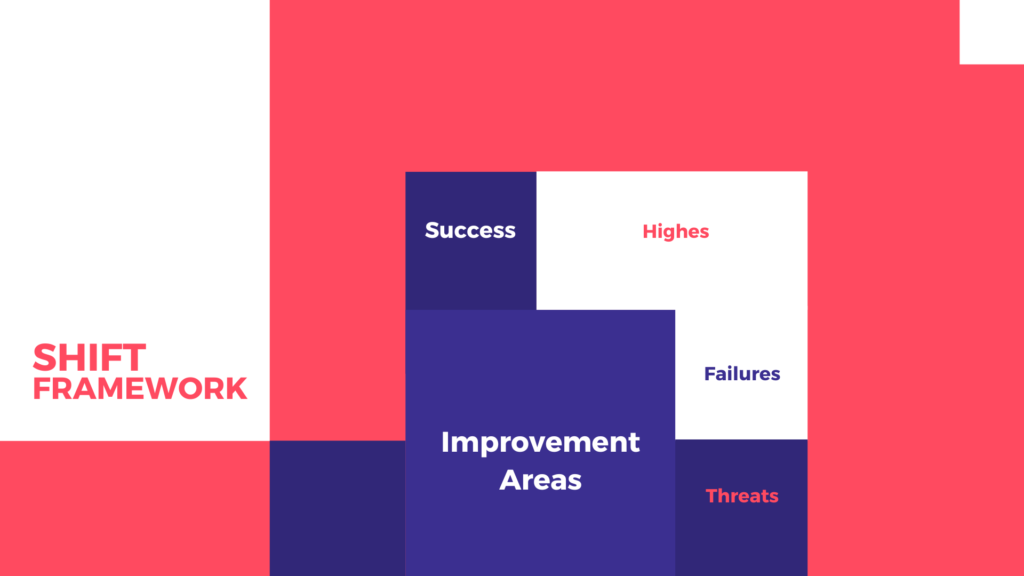
As the project got multi-stakeholder and multiple areas to work with, it was being difficult to maintain a status dashboard. At one point we also realized the project is getting some success which were not planned and need to be highlighted.
After working with several frameworks to showcase all those information, we came up with the SHIFT framework. The SHIFT framework was created from the SWOT method which focuses on strengths, weaknesses, opportunities, and threats analysis.
The SHIFT framework represents project status as
- Success
- Highs (Achievements)
- Improvement Areas
- Failures
- Threats
As the names suggest, the Success section will feature items that went well according to the plan. The Highs will feature the success that was tough to achieve or some extraordinary output that was not even planned for. Recognizing improvement areas are important for long time success. This part is important because this part is often neglected and can have a long-term impact on the project.
Failures are typical issues where planned success was not achieved. It can be a missed deadline or a feature of a product that was not successfully adopted by the users. The threats are the internal and external factors that need attention and will have a negative impact.

There is no framework that fits all sorts of scenarios. The SHIFT framework is good for representing project status in a manner that is easily understandable, helpful for both technical and non-technical stakeholders and provides room for self-realization which will eventually help to achieve the targetted goals or even more.
